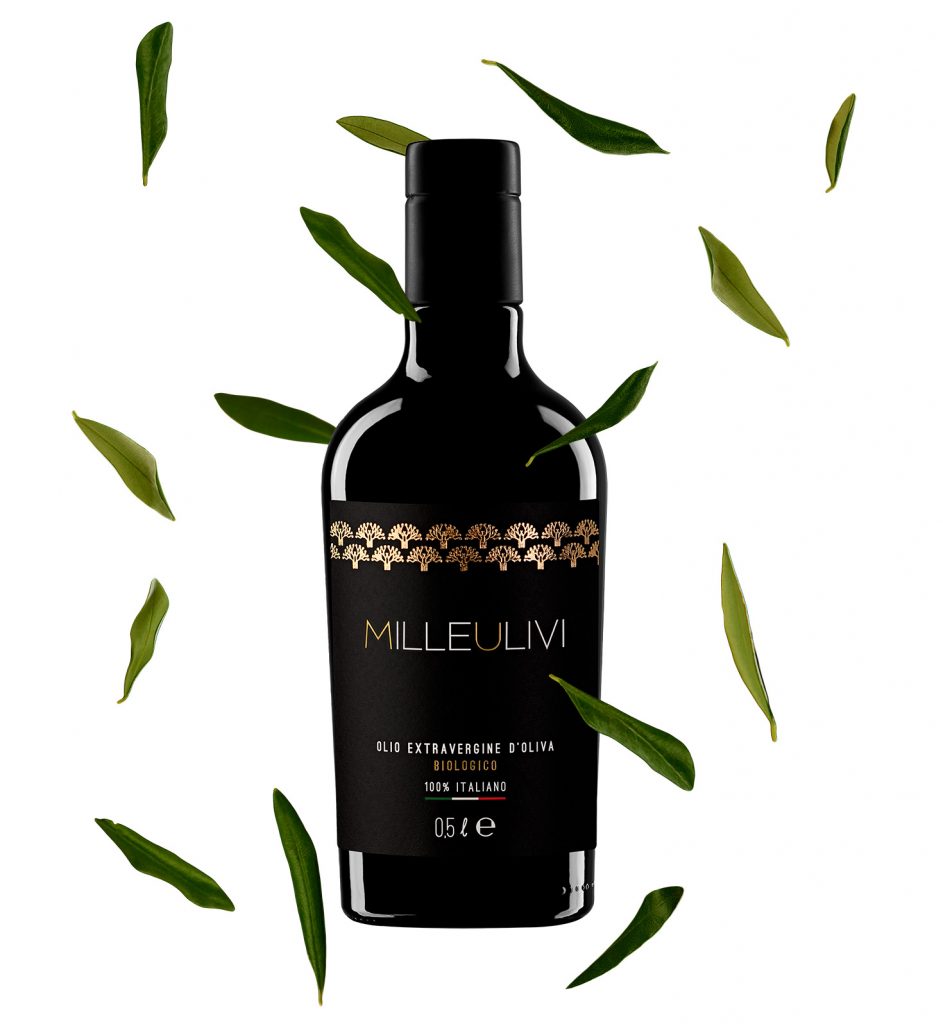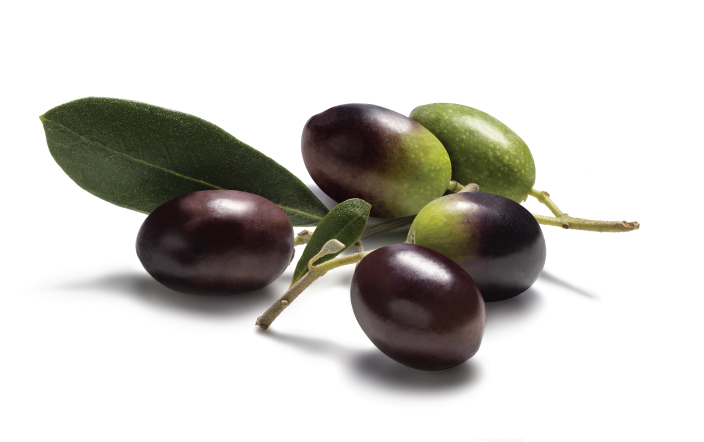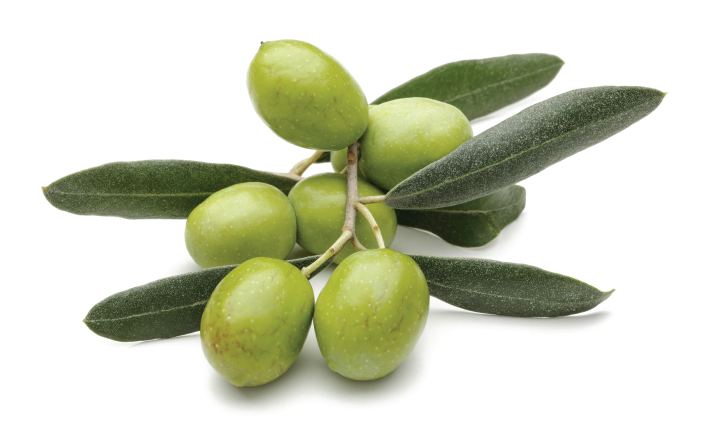In this land of olive groves, ancient oil mills and varieties of high quality olives, the olive harvest, their transfer to the oil mill and subsequent pressing have marked the life and traditions of the local populations for centuries, and each year they repeat this noble process.

Apulia is the region with the highest density of olive trees in the world: 3,000 plants per km² and, with about 50 million plants, it produces 40% of the entire olive oil production in Italy.
For the 2020-2021 campaign we have selected 11 cultivars, among the most important and representative of Apulia. From them we have chosen three for the climatic characteristics of the crop and for the morphological characteristics of the crop territories: Peranzana, Ogliarola and Coratina.

2019Coratina
As the name suggests, this olive is typical of the territory surrounding Corato, an ancient agricultural town near Castel del Monte in the province of Bari. Thanks to its precious taste characteristics, today this olive is cultivated throughout central Apulia, from the hills to the sea.
The Coratina olive tree manages to guarantee an excellent level of age and resistance to various diseases: for this reason, its cultivar is particularly useful in the organic farming sector, which does not to use chemical ingredients to fight parasites and varying pathologies.
The result is an intensely green oil with golden nuances, irrepressible aromas, deliciously spicy and with a bitter tendency: characteristics that denote a very high concentration of polyphenols, which are very powerful antioxidants.
Its peculiarity is that it contains the highest number of polyphenols compared to any other cultivar, 300% more, in particular, of oleuropein which is the main polyphenol responsible for the bitter aftertaste, and the highest rate of oleic acid. As well, it has a particularly low level of peroxide and has an average acidity of 0.2.
2019Coratina
As the name suggests, this olive is typical of the territory surrounding Corato, an ancient agricultural town near Castel del Monte in the province of Bari. Thanks to its precious taste characteristics, today this olive is cultivated throughout central Apulia, from the hills to the sea.
The Coratina olive tree manages to guarantee an excellent level of age and resistance to various diseases: for this reason, its cultivar is particularly useful in the organic farming sector, which does not to use chemical ingredients to fight parasites and varying pathologies.
The result is an intensely green oil with golden nuances, irrepressible aromas, deliciously spicy and with a bitter tendency: characteristics that denote a very high concentration of polyphenols, which are very powerful antioxidants.
Its peculiarity is that it contains the highest number of polyphenols compared to any other cultivar, 300% more, in particular, of oleuropein which is the main polyphenol responsible for the bitter aftertaste, and the highest rate of oleic acid. As well, it has a particularly low level of peroxide and has an average acidity of 0.2.


2019Ogliarola
This is a very particular variety because it is enriched with unique gustatory and aromatic notes that can vary with each crop based on the area and the soil in which it grows. These notes create a perfect balance of flavours and aromas.
The Ogliarola olive tree is known for the size it can reach, which is related to its remarkable longevity: it is very easy for one of these olive trees to live more than a hundred years. It produces medium-small olives with a very high oil yield (20-22%). Harvesting generally takes place in September, although it can last until the end of October.
Ogliarola olive oil has an enchanting golden-yellow colour with green undertones and a medium fruity flavour with a particular hint of almond. It is appreciated for its balance as no gustatory note prevails over another.
2019Peranzana
It is also called “Provencal” because the French brought it to Apulia around 1300; it grows and is cultivated in the north of Apulia, in the territories close to the Gargano promontory.
This olive is increasingly appreciated for its creation of intense yet balanced extra virgin olive oils of the highest quality and low acidity. It has a reduced yield (about 10-15%) and is harvested between November and December.
Peranzana oil is golden yellow. Its flavour changes on the palate: at first its sweetness prevails, but afterwards it releases a light spiciness and a pleasant bitterness. However, these two elements never prevail: bitter and spicy are always balanced and harmoniously united, thus respecting all the characteristic aromas of these olives, mainly almond and artichoke.


2019Peranzana
It is also called “Provencal” because the French brought it to Apulia around 1300; it grows and is cultivated in the north of Apulia, in the territories close to the Gargano promontory.
This olive is increasingly appreciated for its creation of intense yet balanced extra virgin olive oils of the highest quality and low acidity. It has a reduced yield (about 10-15%) and is harvested between November and December.
Peranzana oil is golden yellow. Its flavour changes on the palate: at first its sweetness prevails, but afterwards it releases a light spiciness and a pleasant bitterness. However, these two elements never prevail: bitter and spicy are always balanced and harmoniously united, thus respecting all the characteristic aromas of these olives, mainly almond and artichoke.
SHOP OUR OILS
